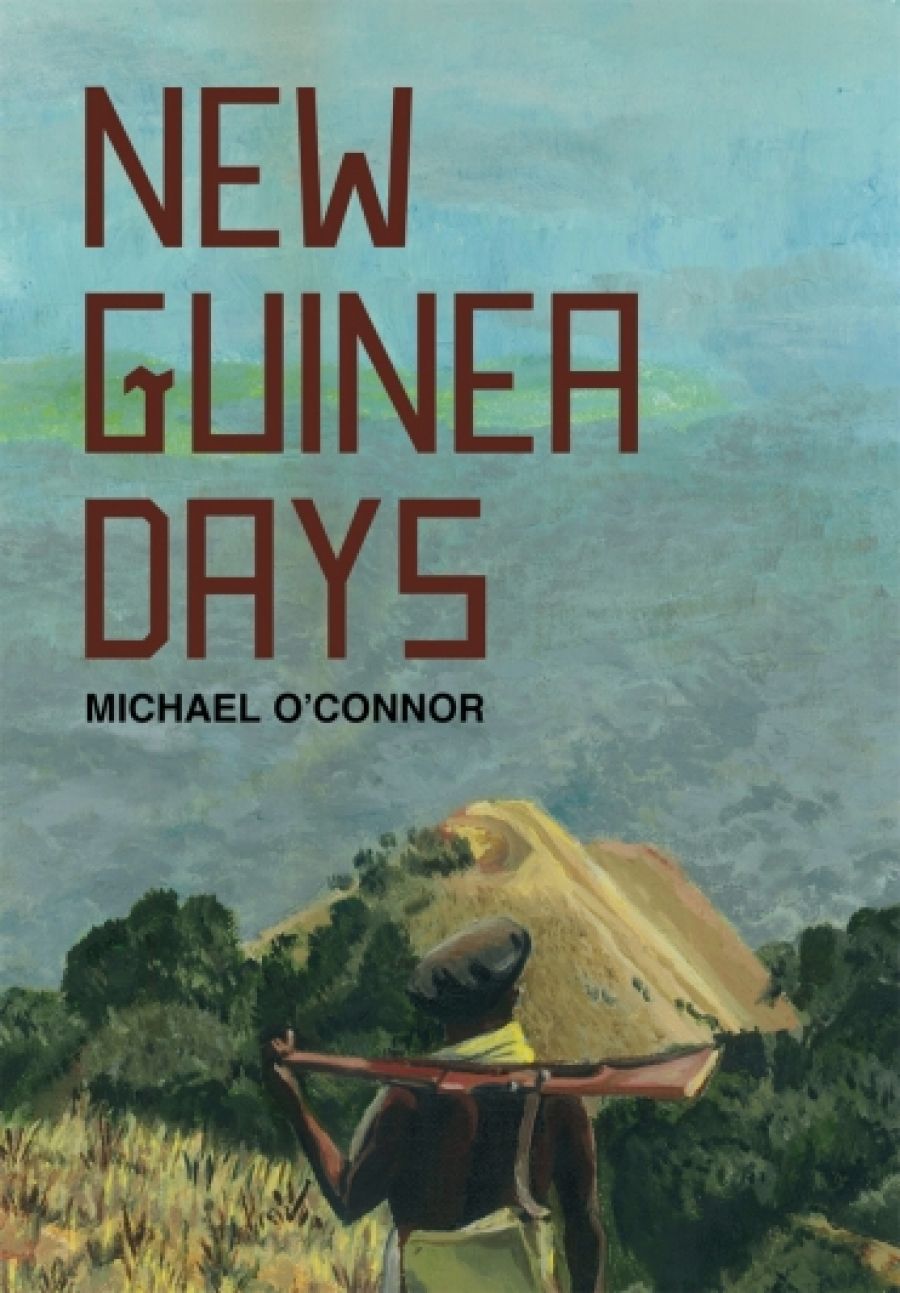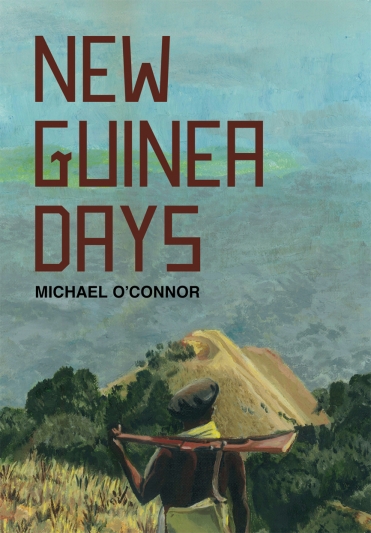
- Free Article: No
- Contents Category: Memoir
- Review Article: Yes
- Article Title: Lessons without words
- Online Only: No
- Custom Highlight Text:
In the literature of Australia, our vast and mysterious nearest neighbour – now Papua New Guinea – has had a more significant place than is usually recognised. It was in this country that James McAuley saw war service and later converted to Catholicism. About New Guinea he wrote some of his most beautiful poetry, as when he summoned a bird of paradise to ‘[leave] your fragrant rest on the summit of morning calm’. Numerous novels – sagas of Japs and the Jungle – issued from their authors’ wartime experiences, among them Tom Hungerford’s The Ridge and the River (1952) and David Forrest’s The Last Blue Sea (1990).
- Book 1 Title: New Guinea Days
- Book 1 Biblio: Australian Scholarly Publishing, $39.95 pb, 165 pp
- Book 1 Cover Small (400 x 600):

Perhaps the finest and most enduring Australian book to come out of experience in New Guinea is Peter Ryan’s war memoir, Fear Drive My Feet (1959). Half a century on, he has contributed the foreword to Michael O’Connor’s New Guinea Days, which he describes as ‘a short, engaging and closely personal account of his life as a patrol officer in the Australian administration of Papua and New Guinea’. O’Connor was one of the ‘Outside Men’ (in the phrase of administrator Sir Hubert Murray), or ‘kiap’. Ryan remarks acidly that O’Connor served in those years that ‘led up to Australia’s decision to push PNG into a premature – indeed, almost a fraudulent – “independence”’. At the same time, Ryan (and O’Connor) believe that ‘Australia’s “colonial story” is inspiring and honourable, and the kiaps in their day were giants in the earth’.
O’Connor is altogether more self-deprecating about his own role as he relates years of service that began in 1957, when he was not quite out of his teens, and when ‘parts of the territory were still to be explored while more still had yet to be pacified’. He was initially encouraged to go to New Guinea by his father’s recollections of the Papuan patrol officer, Jack Hides, and by Hides’s books. After an orientation course in Sydney at the Australian School of Pacific Administration (where McAuley lectured in government), O’Connor was given the remote posting of Lumi, in the far north-west of the territory. There, O’Connor began to discover the essential elements of his working life: communication by wireless and aeroplane (for instance, ‘a geriatric DH-84 Dragon of Mandated Airlines’) and by hastily learned pidgin English. He would come to under-stand the economy and the beliefs of the native population (among these ‘the ubiquitous cargo cults’); to make contact with missionaries, especially with such co-religionists as the Franciscans; and to cope with the obfuscations of a distant bureaucracy.
O’Connor’s intense and persistent sarcasm is reserved for those whom he derides as ‘the clever people’: for example, academic advisors to the minister for territories. Lacking firsthand knowledge of country and people, they imposed ill-fitting theoretical frameworks of policy. For his part, O’Connor was always sensible (from a very young age) of the ‘lessons to be learned from the villagers and from my police’. In a book whose prose is service-able and without frills, O’Connor achieves a quiet eloquence when he writes of how ‘One of the lessons without words was the sight of a patrol officer’s grave outside the village where he had been murdered in 1938’. He would know his share of frightening moments, not least when forced into compromises because his country had broken its word to the people of New Guinea.
We learn of O’Connor’s many remote and difficult postings, in each of which he finds something to rejoice, and to where he soon enough brings a young bride, Colleen from Hobart, and then a succession of children. He makes friends among the police and other patrol officers, and finds a loyal cook and factotum, who stays with him through three posts but leaves upon O’Connor’s marriage, because he scruples to work for a white woman. O’Connor is much less enamoured of the troops of the Pacific Island Regiment, of whom he writes scornfully: ‘these fellows think they are the national elite and, in uniform or not, continue to be regular trouble makers.’ Nevertheless, unlike Fiji, Papua New Guinea has not suffered a military coup.
Although New Guinea Days is a reprint of a 2009 hardback edition, it is not free from typos: for instance, a character’s name changes perplexingly within a paragraph, and one sentence describing a patrol that involves O’Connor dealing with ‘fighting, sorcery and prostitution’ is immediately repeated. These are distractions from a story that is the more valuable for being unfamiliar, not only in the material that it treats, but because of the author’s probity, expressed in a tenor that suggests an age in Australian culture and moral bearing that has passed away. The style of New Guinea Days is part of O’Connor’s valediction to the life that he led there and to the interaction of patrol officer and the native population on which order and progress so much depended. Regretful as he is of developments that followed his departure, he ends with an unpatronising salute to ‘that wonderful country and its gracious and generous people’.


Comments powered by CComment